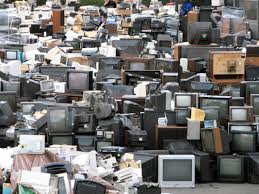No one likes inventory languishing on the shelf, but if you carry any at all, you’re likely to end up with some amount of excess and obsolete goods at one point or another.

Robert Coolidge
President & CEO
Parts distributors for multiple manufacturer brands are especially challenged to stock enough inventory to meet current demand, while trying to predict when that demand is likely to plummet and create E&O. It’s a fine balance between stocking just enough to get the sale, but not enough to end up on a scrap list. With new technology and product models constantly evolving, this is no easy feat. Other contributing factors to E&O are:
· Normal failure rates falling short of historical demand
· Customer returns/cancellations
· Changes in the repair process
· Decrease in product costs making repairs not feasible
· Increased part costs
· Gray market, generic or reclaimed parts in the marketplace and not adjusting OEM price to compete
Understanding the underlying reasons for having excess or obsolete stock in inventory is key to reducing your future exposure. Demand today increases and decreases based on vertical. The appliance market is seasonal, while the printer market is more consistent. However, in all cases, demand should decline consistently across verticals depending on the warranty coverage period and longevity of the product’s lifecycle.
To help minimize E&O inventory from accumulating in the first place, work closely with your suppliers to meet their return policies. Consider assigning someone to take ownership of parts returns whether they be cores, new/unused or new defective parts. In some cases, the value of the part could mean the difference in making a profit on a job or actually losing money for failure to return a part.
If returns aren’t possible, offer the goods for sale at a steeply reduced price. Seek out online marketplaces to advertise E&O inventory to a wide audience. Salvagers are another channel to move dead stock through. Keep in mind, one person’s trash can be another one’s treasure.













Leave a Reply